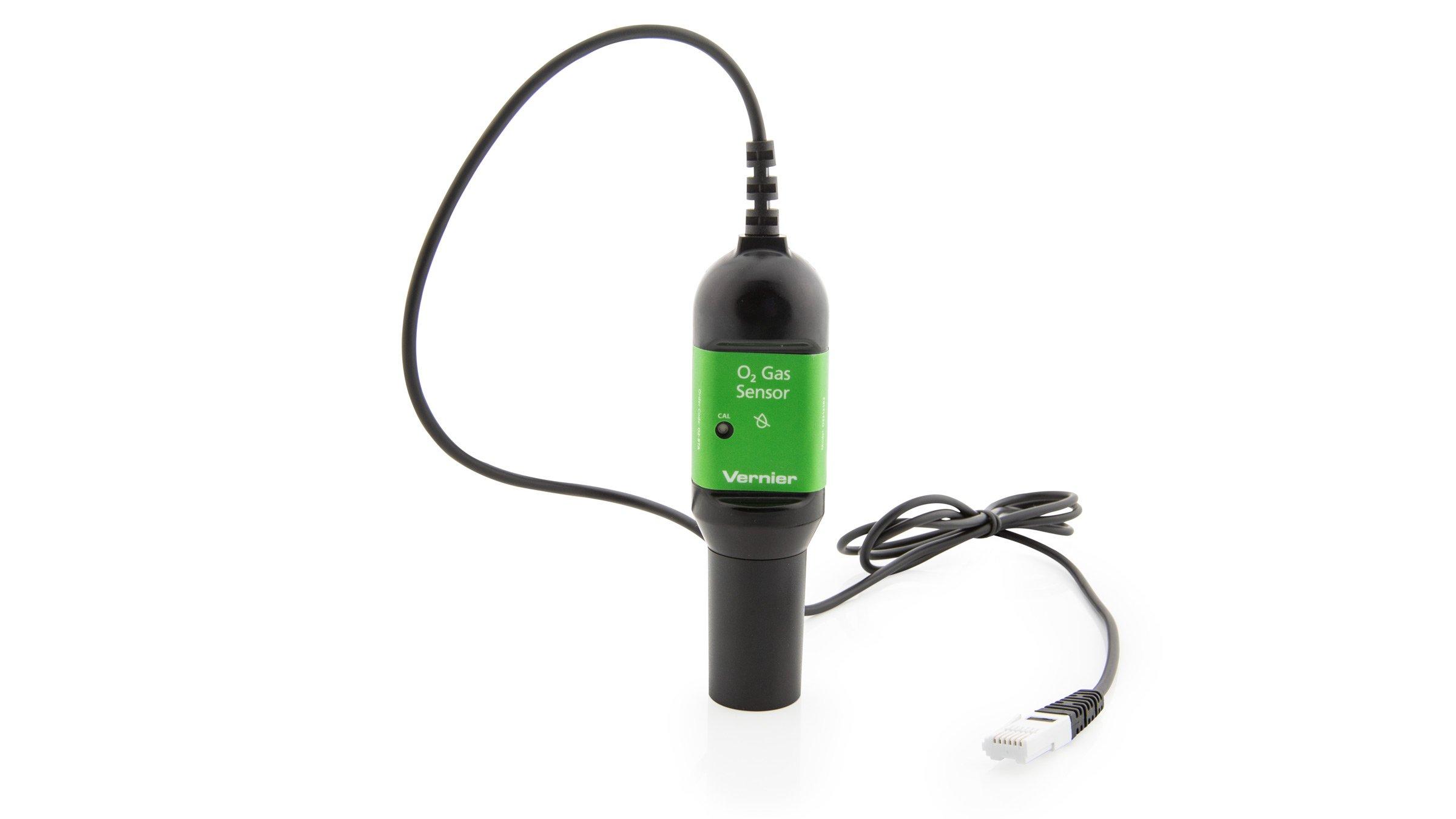Introduction
Many organisms can decompose hydrogen peroxide (H2O2) enzymatically. Enzymes are globular proteins, responsible for most of the chemical activities of living organisms. They act as catalysts, substances that speed up chemical reactions without being destroyed or altered during the process. Enzymes are extremely efficient and may be used over and over again. One enzyme may catalyze thousands of reactions every second. Both the temperature and the pH at which enzymes function are extremely important. Most organisms have a preferred temperature range in which they survive, and their enzymes most likely function best within that temperature range. If the environment of the enzyme is too acidic or too basic, the enzyme may irreversibly denature, or unravel, until it no longer has the shape necessary for proper functioning.
In this experiment, you will measure the rate of enzyme activity under various conditions, such as different enzyme concentrations, pH values, and temperatures. It is possible to measure the concentration of oxygen gas formed as H2O2 is destroyed using an O2 Gas Sensor.
Objectives
In this experiment, you will
- Use an Oxygen Gas Sensor to measure the production of oxygen gas as hydrogen peroxide is destroyed by the enzyme catalase or peroxidase at various enzyme concentrations.
- Measure and compare the initial rates of reaction for this enzyme when different concentrations of enzyme react with H2O2.
- Measure the production of oxygen gas as hydrogen peroxide is destroyed by the enzyme catalase or peroxidase at various temperatures.
- Measure and compare the initial rates of reaction for the enzyme at each temperature.
- Measure the production of oxygen gas as hydrogen peroxide is destroyed by the enzyme catalase or peroxidase at various pH values.
- Measure and compare the initial rates of reaction for the enzyme at each pH value.
Sensors and Equipment
This experiment features the following sensors and equipment. Additional equipment may be required.
Option 1

Option 2

Ready to Experiment?
Ask an Expert
Get answers to your questions about how to teach this experiment with our support team.
- Call toll-free: 888-837-6437
- Chat with Us
- Email support@vernier.com
Purchase the Lab Book
This experiment is #6A of Biology with Vernier. The experiment in the book includes student instructions as well as instructor information for set up, helpful hints, and sample graphs and data.

